Treating Patients’ Under Eye Concerns
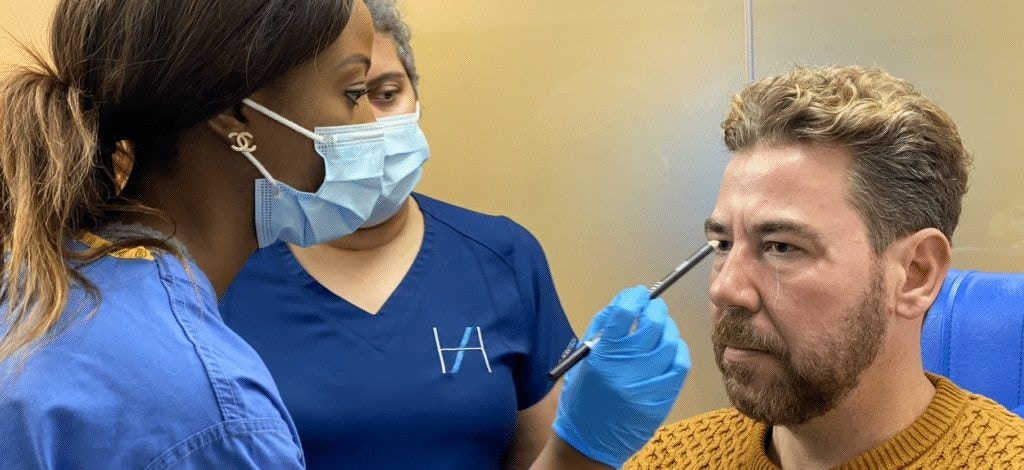
Since the media picked up on tear trough filler, it appears to have been heralded as the solution to all patients’ under eye concerns. This is not always the case, however.
As an aesthetics practitioner, you’ll undoubtedly have people asking you for tear trough correction. This is an advanced treatment which should not be performed by beginners and requires specific, dedicated tear trough training.
Regardless of whether you have trained in tear troughs yet or not, you’ll likely find many patients would benefit from different treatments entirely. The reason for this is that the number of people who are actually suitable for tear trough treatment is quite small. There is a lot to take into consideration when making your patient selection. Not least the fact that there are a number of other, less risky treatments that can achieve great under eye results.
We spoke to Natalie Haswell, Allergan Institute aesthetics expert, cosmetic nurse prescriber, clinic owner and senior clinical trainer at Harley Academy, to find out more.
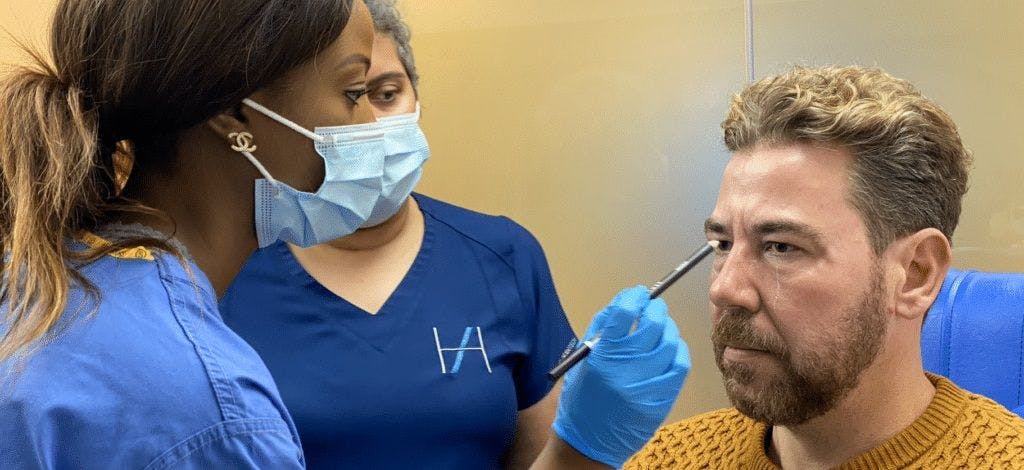
What indications make for a good tear trough patient?
Patient selection for tear trough filler is paramount.
Good candidates for tear trough treatment include where there is:
– Volume loss, rather than hyperpigmentation
– No skin laxity
– Mild or no palpebral eye bags
– No oedema of the region.
What are the contraindications for tear trough filler patients?
Contraindications for direct tear trough filler include:
– Malar oedema
– Poor lymphatic drainage
– Issues with eyesight or certain medical eye conditions
– Some medications are also relevant, especially eye drops
– Where surgical treatment is more appropriate.
Which under eye concerns is tear trough treatment unsuitable for?
Despite myths to the contrary, the following issues will not be improved by tear trough filler:
– Fat pad herniation
– Skin laxity
– Darkly pigmented skin under the eyes.
Dark circles are particularly common under eye concerns among patients. Pigmentation is better treated with appropriate skincare using effective ingredients. For example, you could consider arbutin, hydroquinone and retinol.
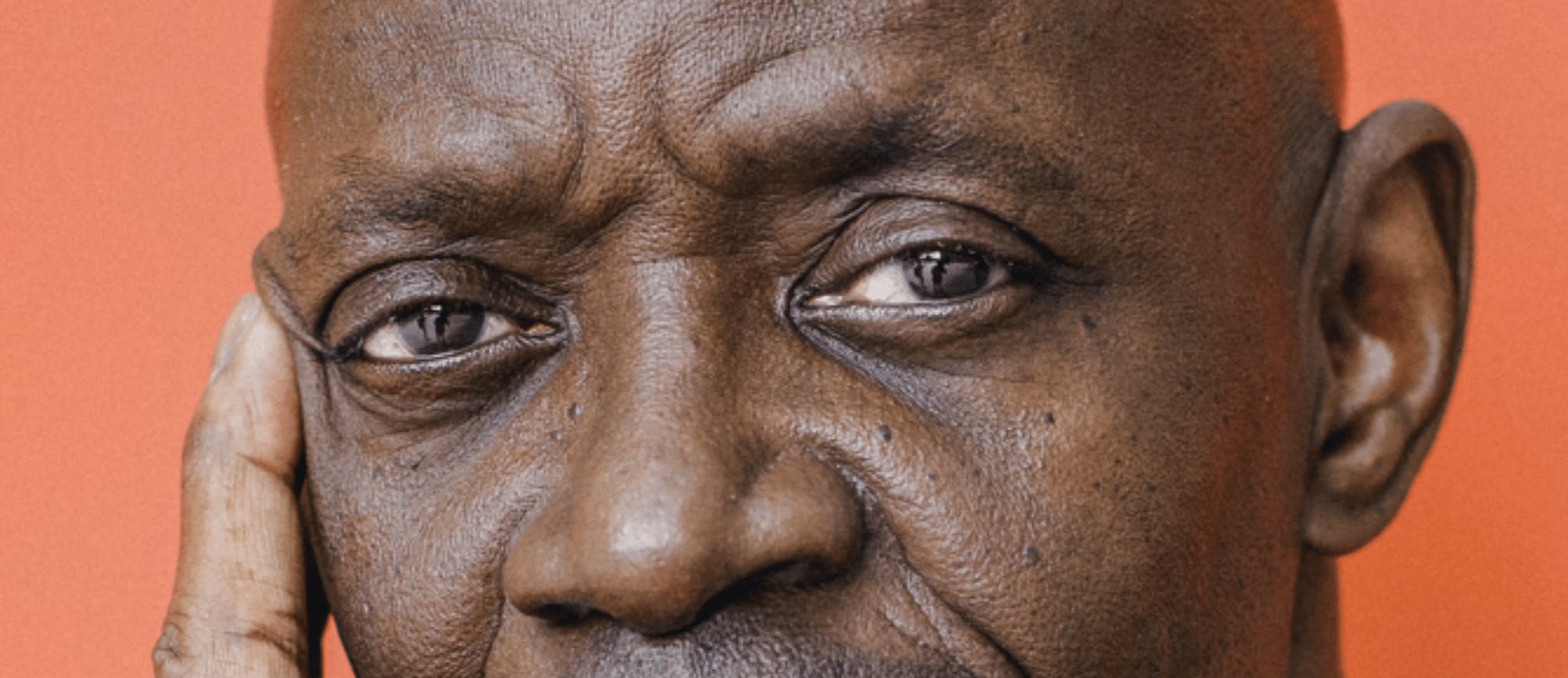
What indications mean a patient is a good indirect tear trough candidate (filler administered via the cheek) but is not suitable for direct under eye filler?
As we age we experience bony resorption and the orbital area becomes wider. This affects the support for the delicate eye area and the atrophy of fat pads and muscles around the eye can cause under eye hollowing – “tear troughs”. These can make patients feel they look tired and aged and are the main reason patients request tear trough filler.
Tear trough hollows can cause the light to fall and reflect differently on the face. They can also contribute to dark circles and shadowing under the eyes. This increases the undesirable appearance of patients’ under eyes not looking as youthful or fresh.
By supporting and augmenting this area with mid-face fillers, such as medial and lateral cheek filler, we can often soften and support the tear trough. This can mean we don’t have to treat this high-risk area separately. Indirectly treating the tear trough via the cheek can also be a great solution if direct under eye treatment is contraindicated.
Patients with a neutral mid-face vector, volume redistribution and volume loss with a reduced OG curve and minimal lateral zygoma projection are ideal for this treatment.
When performing lateral cheek filler to resolve under eye concerns, do be careful not to over treat. Doing so can exacerbate the appearance of temporal hollowing and pre-auricular hollowing, which is important to avoid.
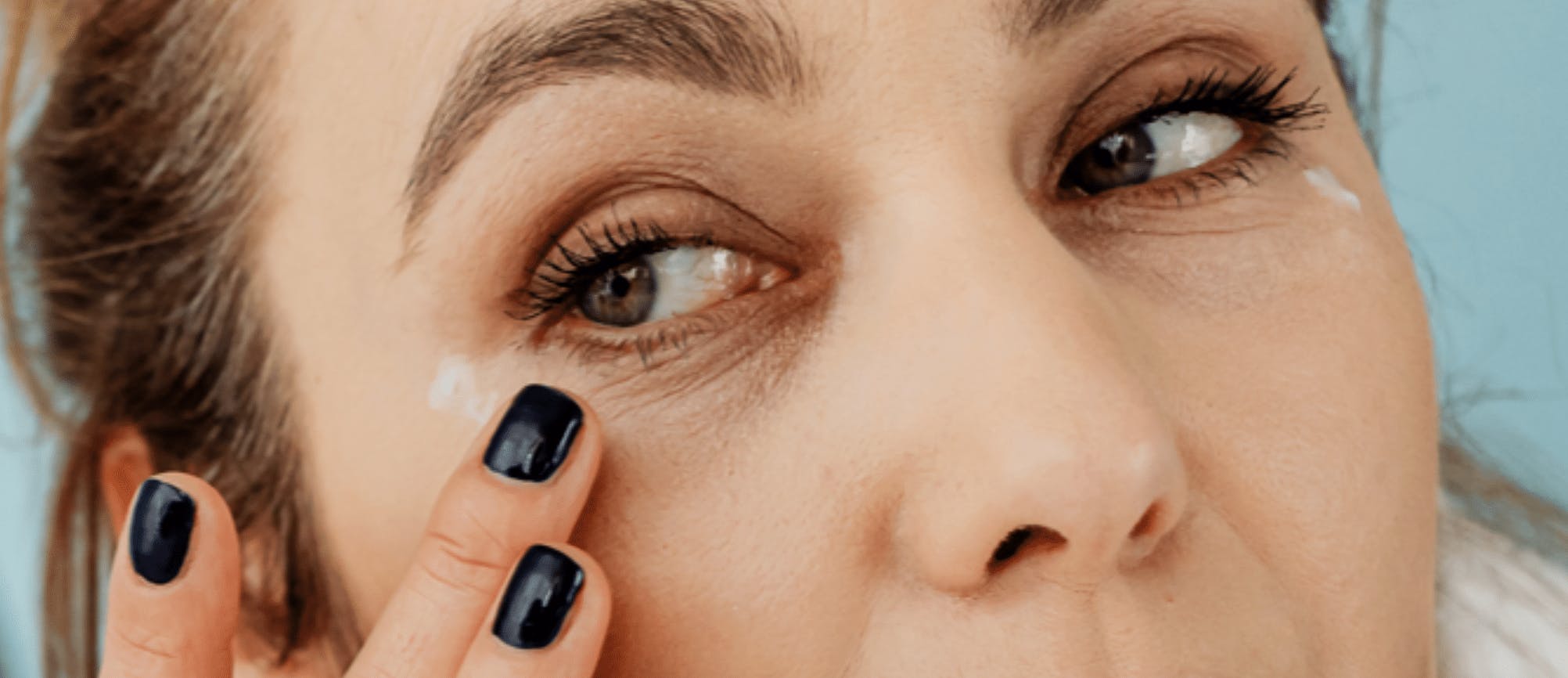
What other options are open to patients with under eye concerns if they are unsuitable for direct or indirect tear trough treatment?
There are many options for treating the under eye area with fantastic results that carry less risk than tear trough filler. Skin boosters, microneedling and mesotherapy are all sound choices. Often a combination of skin treatments and specific ingredients is required, including an at-home ‘medical grade’ skincare regime and in clinic treatments.
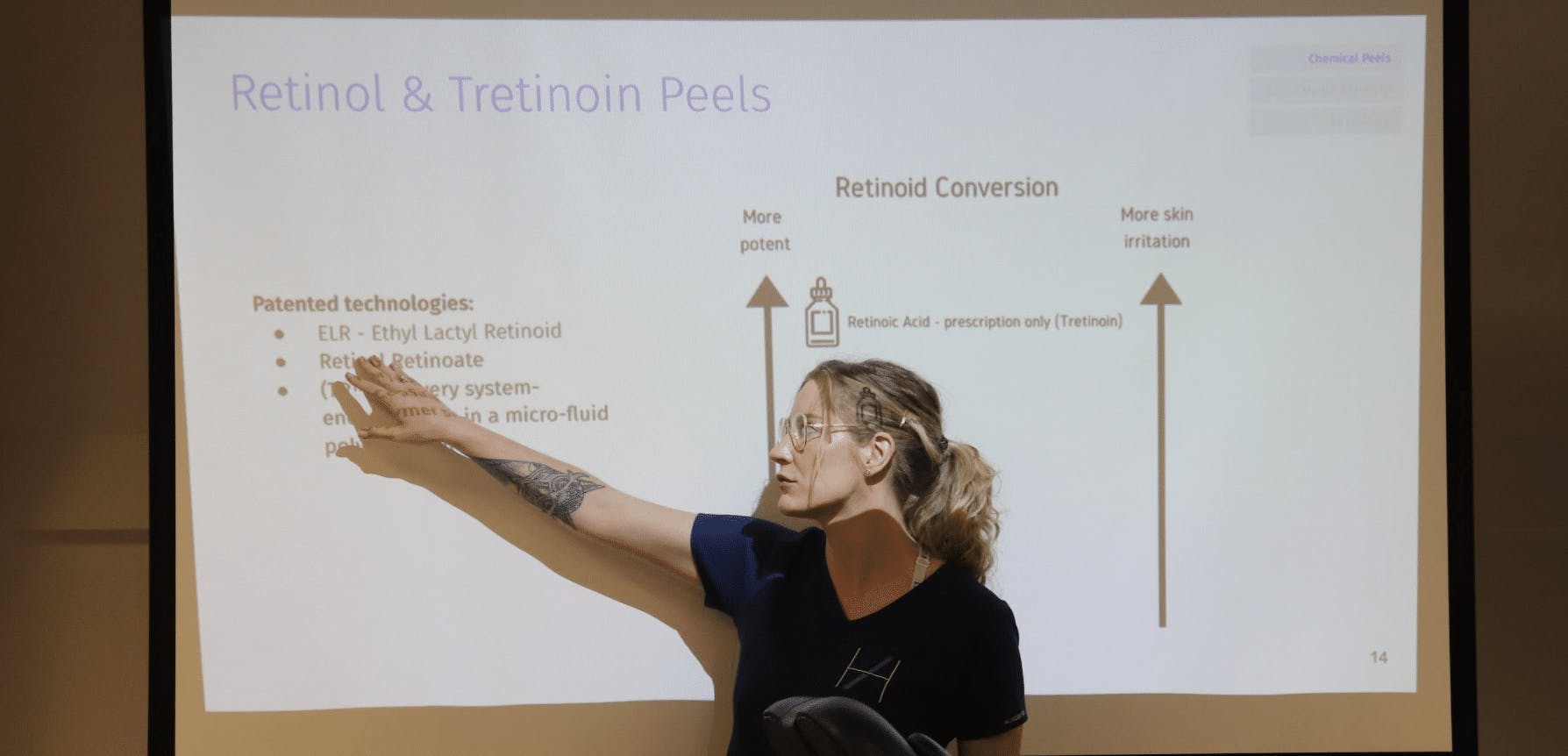
COMBINED LEVEL 7 DIPLOMA IN BOTOX AND DERMAL FILLERS + COSMETIC DERMATOLOGY COURSE
Being able to offer a holistic approach to addressing your patients’ facial aesthetic concerns can have a number of benefits.
– Marks you out as a knowledgeable “skin first” practitioner
– Offers clients a ‘one stop shop’ for all their skin, ageing and beautification requirements, meaning a more productive, time-saving patient experience.
– Combining injectables, skin treatments and/or skincare products can provide better results for certain indications, rather than one of these options alone
– Gives you another revenue stream, rather than just offering injectables
– You see skincare and skin treatment patients more regularly than injectables clients, allowing you to build a more significant relationship; this can be a valuable source of client referrals
– Skincare sales and skin treatments can be an easy win for securing long-term patients and monthly revenue.
Whilst each course is available to licensed doctors, dentists, nurses and midwives separately, our Combined Level 7 Diploma in Botox and Dermal Fillers + Cosmetic Dermatology course is the most efficient learning pathway here.
It perfectly prepares you to provide 360° skin and facial ageing care, whether this is topical, injectable or involves both. This can take your treatment planning to the next level, driving results-based recommendations and helping you to grow your aesthetics business!
For more information, book a call with Deneal Basi, our head of student recruitment who can answer all your questions. He can also discuss your requirements, best training course matches and our payment options. We can’t wait to hear from you!
All information correct at the time of publication.
Download our full prospectus
Browse all our injectables, dermal fillers and cosmetic dermatology courses in one document
By submitting this form, you agree to receive marketing about our products, events, promotions and exclusive content. Consent is not a condition of purchase, and no purchase is necessary. Message frequency varies. View our Privacy Policy and Terms & Conditions
Attend our FREE open evening
If you're not sure which course is right for you, let us help
Join us online or in-person at our free open evening to learn more
Our Partners














STAY INFORMED
Sign up to receive industry news, careers advice, special offers and information on Harley Academy courses and services

